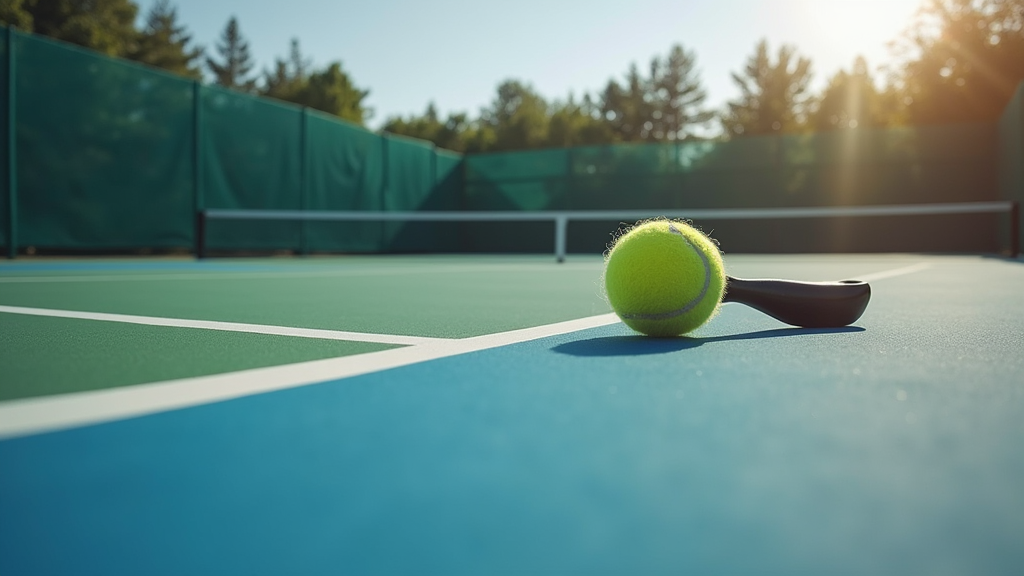Table of Contents
- Introduction
- Understanding the Basics
- Detailed Guide to Pickleball Court Dimensions
- Specific Dimension Breakdown
- Surface and Clearance Recommendations
- Indoor vs. Outdoor Courts
- Singles vs. Doubles Courts
- Wheelchair Pickleball Court Dimensions
- Conclusion
Introduction
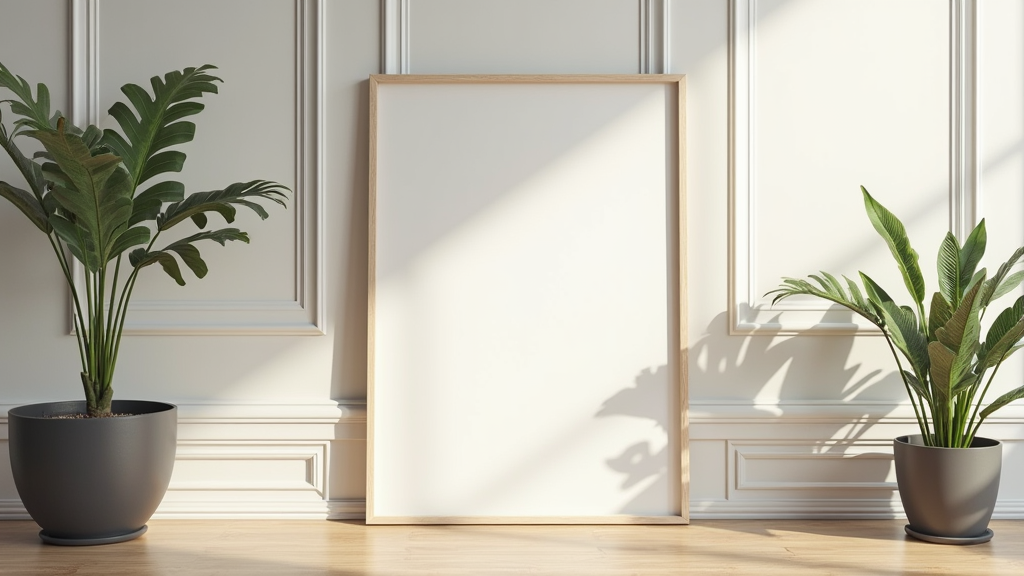
Overview and Importance
Pickleball, a sport rapidly gaining popularity, demands a precise understanding of its court dimensions. These dimensions are not merely suggestions; they are crucial for ensuring fair play, maintaining adherence to official regulations, and providing a consistent gameplay experience for players of all levels. Whether you’re a casual player or a seasoned tournament competitor, knowing the exact size and layout of a pickleball court is essential.
The regulation pickleball court adheres to specific measurements: 20 feet wide and 44 feet long. This standardized size impacts every aspect of the game, from player positioning and movement to the strategic placement of shots. Adhering to these official dimensions is particularly important for tournament play, where standardization ensures a level playing field for all participants. Understanding these dimensions directly impacts gameplay, player safety, and the official recognition of the sport.
Background
To truly appreciate the significance of pickleball court dimensions, it’s helpful to understand the sport’s historical context. Pickleball originated in 1965 on Bainbridge Island, Washington. Initially, the court dimensions were somewhat flexible, often based on the available space and borrowing heavily from badminton court sizes. This pragmatic approach allowed the sport to grow organically, adapting to various environments.
Over time, as pickleball gained traction, the need for standardization became apparent. The USA Pickleball Association (USAPA) stepped in to formalize the rules and dimensions, ensuring consistency across different venues and levels of play. This standardization also influenced the evolution of court surface materials and construction techniques. Modern pickleball courts now utilize a variety of materials, from concrete and asphalt to specialized acrylic surfaces, each designed to provide optimal playability and durability.
What You’ll Learn
In this comprehensive guide, you’ll delve into the essential aspects of pickleball court dimensions. We’ll cover the core concepts, ensuring you understand the different zones and lines that define the playing area. This includes a detailed look at the non-volley zone, the service lines, and the sidelines, and how they influence gameplay strategies.
Beyond theory, you’ll gain practical knowledge on how to accurately measure and construct a pickleball court, whether you’re planning to build your own or simply want to verify the dimensions of an existing court. We’ll also explore recommended clearances around the court to ensure player safety and freedom of movement. Finally, we’ll discuss the various surface materials available and their impact on the game, empowering you to make informed decisions for your specific needs.
Understanding the Basics
Fundamental Concepts
Pickleball, a sport rapidly gaining popularity, is played on a court with specific dimensions and markings. Understanding these fundamental concepts is crucial for both beginners and seasoned players to ensure fair play and maximize enjoyment.
Let’s define the key elements. The Baseline is the line at the back of the court, running parallel to the net. The Sidelines are the lines running along the sides of the court, perpendicular to the net. The Centerline bisects the service courts, extending from the non-volley line to the baseline. Perhaps the most unique feature of a pickleball court is the Non-Volley Zone, often called the “Kitchen,” which extends 7 feet from the net on both sides. Finally, the Service Courts are the areas on either side of the centerline where serves must land.
The standardized dimensions of a pickleball court are not arbitrary. They are designed to ensure fair play and provide a consistent experience regardless of the location. This standardization allows players to adapt quickly to different courts and focus on strategy and skill rather than adjusting to varying court sizes.
The accuracy of line placement and net height is paramount. Even slight deviations can impact gameplay, affecting the fairness of serves, volleys, and overall court positioning. Precise measurements are essential for competitive play and help maintain the integrity of the game.
Essential Components
A regulation pickleball court comprises several essential components working together. These include the court surface itself, the net, the painted lines that define the boundaries, and the net posts that hold the net in place.
Let’s delve into the key features. Primarily, the court dimensions are 20 feet wide and 44 feet long. The net height is 36 inches at the sidelines and 34 inches at the center. These measurements are critical for consistent gameplay.
Secondary aspects include the line width, which should be 2 inches. The surface material can vary, with options including asphalt, concrete, or specialized acrylic surfaces. Recommended clearances around the court are also important for player safety and movement. Ideally, there should be at least 10 feet of space behind each baseline and 4 feet on each side.
It’s also important to consider variations in court types. Indoor courts often have different surface materials than outdoor courts, impacting ball bounce and speed. Furthermore, considerations for wheelchair accessibility are crucial, including ensuring adequate space around the court and appropriate surface materials for wheelchair maneuverability.
Detailed Guide to Pickleball Court Dimensions
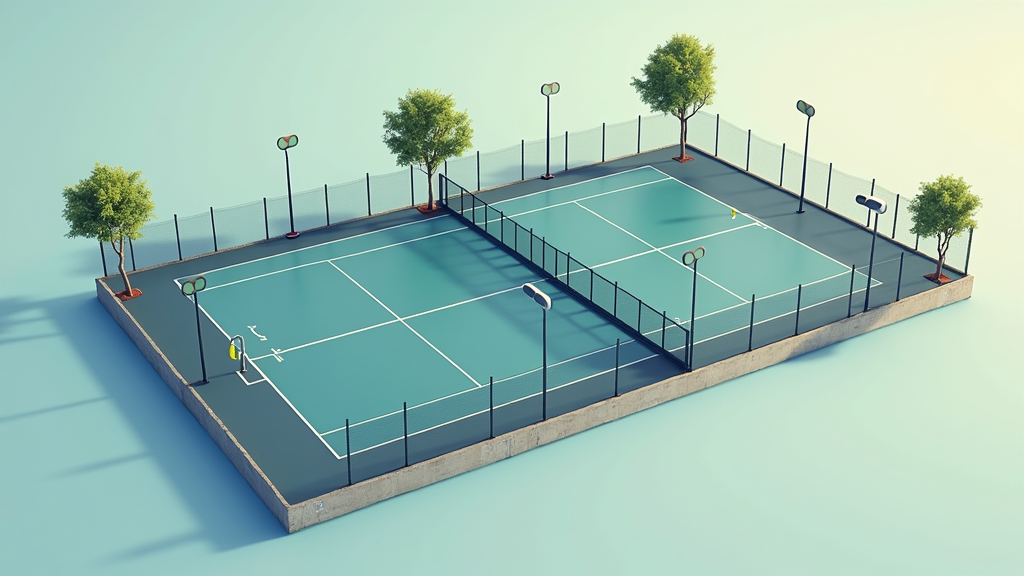
Preparation
Before you begin painting lines and setting up your pickleball court, proper preparation is key. This ensures accuracy, longevity, and overall playability. Let’s walk through the necessary steps to get your court ready for action.
- Required materials: You’ll need a measuring tape (at least 50 feet long for accurate measurements), marking paint specifically designed for outdoor use, stencils for clean lines (optional but recommended), a pickleball net, and net posts.
- Initial setup: Start by clearing the entire area where the court will be located. Remove any debris, rocks, or vegetation. It’s crucial to have a flat and smooth surface to ensure consistent ball bounce and player safety. Use a level to check for any significant slopes or unevenness. Once cleared, mark the perimeter of the court lightly to visualize the space.
- Important considerations: Before you even pick up a measuring tape, check local building codes and homeowners association rules. Some areas may have restrictions on court placement, lighting, or noise levels. Also, consider drainage. Ensure that rainwater will drain away from the court to prevent puddles and potential damage. Proper drainage will significantly extend the life of your court.
Step-by-Step Process
Now that you’ve prepared the area, it’s time to bring your pickleball court to life. Follow these clear, step-by-step instructions for accurate court layout and setup.
- Clear instructions:
- Best practices: Use accurate measuring tools and don’t rely on estimations. Double-check all measurements before painting to avoid costly mistakes. Apply the paint evenly to ensure clear and durable lines.
- Common mistakes to avoid: Inaccurate measurements are the most common pitfall. An uneven surface can lead to unpredictable ball bounces. Improper net height can affect gameplay. Take your time and pay attention to detail.
Advanced Techniques
For those looking to take their pickleball court to the next level, consider these advanced techniques and optimization methods. These tips can enhance playability, longevity, and overall enjoyment.
- Expert tips: Use a laser level for perfectly straight and accurate line placement. If you’re serious about your court, consider hiring professional court construction services. They have the expertise and equipment to ensure a high-quality result.
- Optimization methods: Choose durable, high-quality surface materials for longevity. Acrylic surfaces are popular for their weather resistance and consistent ball bounce. Consider adding a cushioned layer for improved player comfort and reduced impact on joints.
- Consider adding lighting and fencing: Adding lighting allows for nighttime play and extends the usability of your court. Fencing helps contain the ball and prevents it from rolling away, enhancing safety and convenience.
- Troubleshooting: Addressing drainage issues is crucial for preventing water damage. If you notice cracks in the surface, repair them promptly to prevent further deterioration. Regularly check and maintain net tension to ensure proper gameplay.
Specific Dimension Breakdown
Overall Dimensions
Understanding the overall dimensions of a pickleball court is fundamental to appreciating the game’s dynamics. The standard pickleball court measures 44 feet in length and 20 feet in width. This compact size contributes to the fast-paced action and close-quarters strategy that define pickleball.
In total, the court encompasses an area of 880 square feet. These dimensions remain consistent for both singles and doubles play, ensuring a standardized playing field regardless of the number of players.
Court Lines
The lines on a pickleball court are crucial for defining boundaries and service areas. All court lines should be 2 inches in width, making them clearly visible to players during fast-paced rallies.
The distance from baseline to baseline is the full length of the court, 44 feet. The net divides this length in half, placing each baseline 22 feet from the net. Another critical line is the kitchen line, which sits 15 feet from the baseline, marking the boundary of the non-volley zone.
Non-Volley Zone (Kitchen)
Commonly referred to as the “kitchen,” the non-volley zone is a defining feature of pickleball. This area extends 7 feet from the net on both sides of the court, spanning the entire width of 20 feet.
Players are prohibited from volleying the ball (hitting it in the air) while standing within the kitchen. This rule adds a unique strategic element to the game, encouraging thoughtful shot placement and controlled play near the net.
Service Areas
The service areas are located on either side of the centerline, extending from the kitchen line to the baseline. Each service area is 15 feet long (from the kitchen line to the baseline) and 10 feet wide (from the sideline to the centerline).
When serving, players must stand behind the baseline and aim their serve diagonally into the opposite service area. Accurate serves are essential to starting each point effectively.
Net Specifications
The net plays a vital role in pickleball, dictating the trajectory of shots and influencing gameplay. The net’s height varies slightly: it measures 36 inches at the sidelines and 34 inches at the center.
The total length of the net, measured from post to post, is 21 feet 9 inches. These specific dimensions ensure a consistent playing experience and challenge players to adapt their shots accordingly.
Surface and Clearance Recommendations
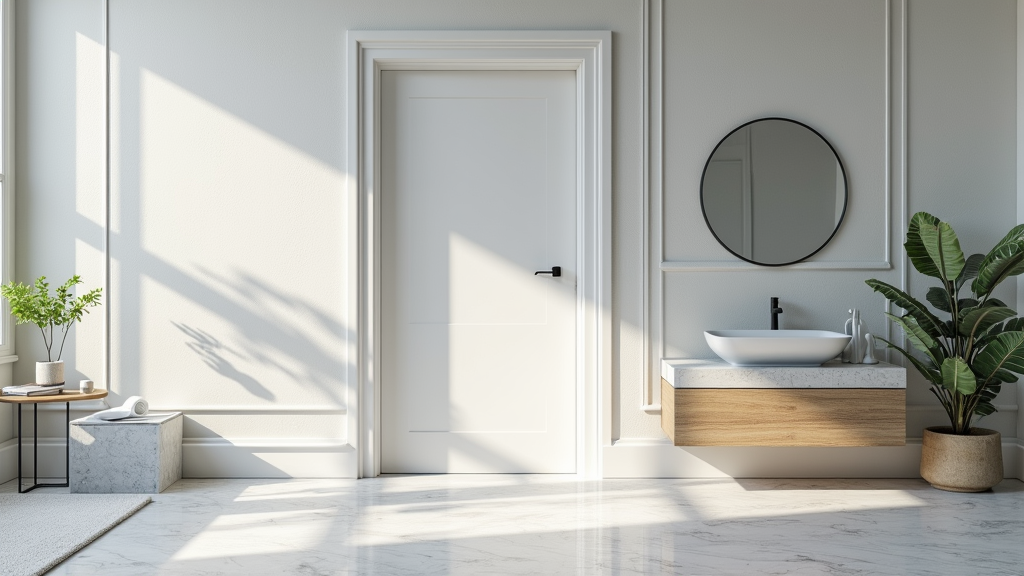
Surface Materials
Choosing the right surface material is crucial for the performance and longevity of your pickleball court, as well as the safety of the players. The ideal surface provides a balance of traction, cushioning, and durability.
Here are some recommended materials:
- Asphalt: A popular choice due to its cost-effectiveness and durability. Asphalt provides good traction and can withstand heavy use.
- Concrete: Another durable option that offers a consistent playing surface. Concrete requires proper sealing to prevent cracking and ensure longevity.
- Sports Court Tiles: These interlocking tiles offer excellent cushioning and shock absorption, reducing the impact on joints. They are also relatively easy to install and maintain.
Regardless of the material you choose, there are some key considerations. The surface should be as flat and smooth as possible to ensure consistent ball bounce. It should also be non-slip to provide adequate traction for players, minimizing the risk of falls and injuries. A smooth silica sand base is often recommended to enhance traction and provide a stable foundation for the surface material.
Recommended Clearance
Adequate clearance around the pickleball court is essential for player safety and to prevent interference during gameplay. Insufficient clearance can lead to collisions with fences, walls, or other objects.
Here are the recommended clearance dimensions:
- Side Clearance: A minimum of 5 feet (1.52 meters) is recommended on each side of the court. However, an optimal clearance of 10 feet (3.05 meters) is highly preferred to allow players ample space to move and retrieve the ball.
- End Clearance: At the ends of the court, a minimum clearance of 8 feet (2.44 meters) is recommended behind each baseline. Similar to the side clearance, an optimal clearance of 10 feet (3.05 meters) provides a safer and more comfortable playing environment.
Considering these recommendations, the overall area required for a pickleball court with minimum clearance is approximately 1,800 square feet (167 square meters). For optimal clearance, the area will need to be larger. Remember to factor in any additional space needed for seating, walkways, or other amenities when planning your court layout.
Indoor vs. Outdoor Courts
Indoor Courts
Indoor pickleball courts are often found in community centers, gyms, or dedicated indoor sports facilities. The playing surface is typically a wooden gym floor or a similar synthetic material designed for indoor sports. These surfaces generally offer a consistent bounce and are easier on the joints compared to harder outdoor surfaces.
One of the most significant advantages of playing pickleball indoors is the elimination of weather-related disruptions. Rain, wind, and extreme temperatures are no longer factors, allowing for year-round play and consistent scheduling. This makes indoor courts a reliable option for serious players and leagues.
However, indoor courts can have their drawbacks. The enclosed space can amplify sounds, making the environment noisier, especially during busy games or tournaments. The lighting, while consistent, may not always be as natural or preferred as sunlight.
Outdoor Courts
Outdoor pickleball courts are commonly constructed from asphalt or concrete. These surfaces are durable and can withstand the elements, but they are generally harder than indoor surfaces. Players should consider wearing appropriate footwear and taking extra precautions to protect their joints when playing outdoors.
A major advantage of outdoor courts is the availability of natural lighting. Playing in sunlight can be a refreshing experience, and many players enjoy the outdoor atmosphere. Outdoor courts are also often located in parks or recreational areas, providing a pleasant environment for socializing and physical activity.
The primary disadvantage of outdoor courts is their susceptibility to weather conditions. Rain, wind, and extreme temperatures can all impact play. Additionally, the surface can become slippery when wet, and the sun’s glare can sometimes affect visibility. Seasonal changes can also limit the availability of outdoor courts.
Dimension Consistency
Regardless of whether you’re playing indoors or outdoors, the dimensions of a pickleball court remain the same. The court is 20 feet wide and 44 feet long for both singles and doubles play. The net is hung at a height of 36 inches at the sidelines and 34 inches in the middle. The non-volley zone, also known as the “kitchen,” extends 7 feet from the net on both sides.
The main differences between indoor and outdoor courts lie in the surface material and environmental factors. While the dimensions are consistent, the playing experience can vary significantly depending on whether you are indoors or outdoors. Choosing the right court depends on personal preference, weather conditions, and the desired playing experience.
Singles vs. Doubles Courts
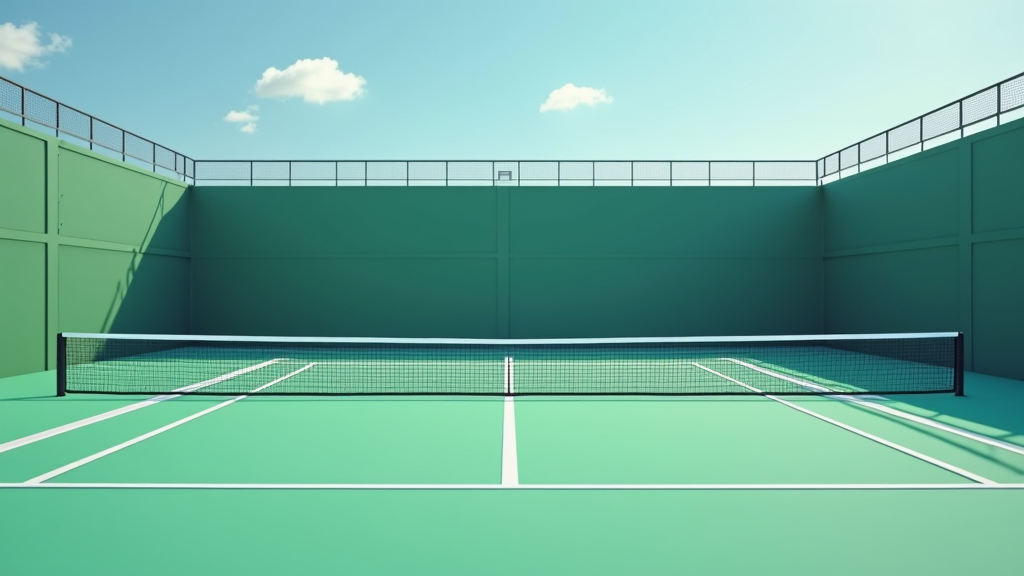
Court Size
Contrary to what some might believe, the badminton court size remains the same whether you’re playing singles or doubles. The key difference between the two formats lies in the rules of play and the strategies employed, not in the physical dimensions of the court itself.
Specifically, a badminton court measures 44 feet (13.41 meters) in length and 20 feet (6.1 meters) in width. These dimensions hold true for both singles and doubles matches, providing a consistent playing field regardless of the number of players on each side.
Gameplay Differences
While the court size is identical, the gameplay experience between singles and doubles badminton is significantly different. These differences stem from the rules governing which areas of the court are in play during service and rallies, as well as the strategic approaches required for success.
In singles, players must cover the entire court on their own, requiring exceptional stamina, agility, and court awareness. Doubles, on the other hand, allows players to share the court with a partner, leading to faster-paced rallies, intricate teamwork, and specialized roles. The strategy in doubles often revolves around creating openings for your partner and covering each other’s weaknesses, while singles is a more individualistic battle of skill and endurance.
Wheelchair Pickleball Court Dimensions
Standard Court
The standard wheelchair pickleball court maintains the same playing area dimensions as able-bodied pickleball, ensuring a level playing field. This consistency allows for integrated play and shared facilities.
- Width: The standard court width is 44 feet. This provides ample space for both singles and doubles play, allowing wheelchair users to navigate effectively.
- Length: The length of the court is 74 feet. This dimension accommodates the baseline-to-net distance and the non-volley zone (kitchen), crucial for strategic gameplay.
Stadium Court
While less common, some facilities may opt for a “stadium court,” which provides additional space around the standard playing area. This extra space is particularly beneficial for wheelchair users, offering enhanced maneuverability and safety.
- Width: A stadium court typically expands to a width of 50 feet. This extra width allows for greater side-to-side movement and reduces the risk of collisions with surrounding objects or spectators.
- Length: The length of a stadium court is usually 80 feet. The added length provides more room behind the baseline, which is helpful for wheelchair users when serving or returning deep shots.
Considerations
When designing or modifying a pickleball court for wheelchair use, several key considerations must be addressed to ensure accessibility and optimal gameplay.
- Accessibility: The court surface should be smooth, firm, and free of obstacles to allow for easy wheelchair movement. Ramps or gradual slopes should be provided for access to the court. Adequate space should also be available around the court for wheelchair users to enter and exit safely.
- Space: Providing ample space around the court is essential for wheelchair maneuverability. This includes sufficient room behind the baseline and on the sidelines to allow players to move freely and safely. Consider the turning radius of wheelchairs when planning the layout of the court and surrounding areas.
Conclusion
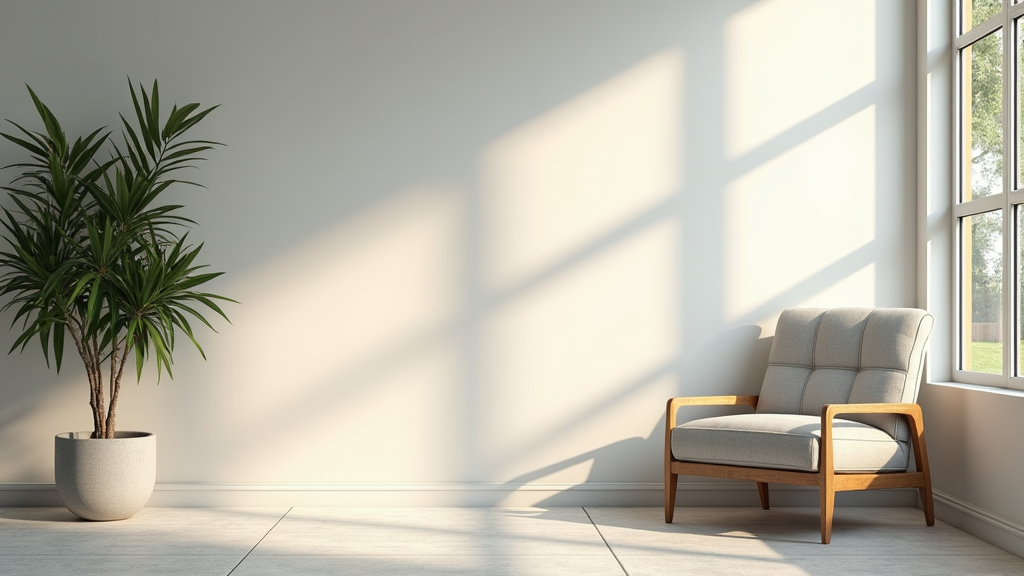
Recap of Key Points
Throughout this guide, we’ve emphasized the critical importance of accurate dimensions in pickleball court construction and maintenance. Precise measurements are not just about adhering to rules; they directly impact gameplay, fairness, and the overall enjoyment of the sport. A court that deviates from standard dimensions can lead to inconsistent ball bounces, strategic disadvantages, and even potential injuries.
Furthermore, we’ve highlighted the benefits of diligently following the USAPA guidelines. These guidelines are meticulously crafted to ensure a consistent and regulated playing experience across all pickleball venues. By adhering to these standards, you contribute to the integrity of the sport and provide players with a reliable and predictable environment to hone their skills.
Final Thoughts
Whether you’re planning to build a new pickleball court, renovate an existing one, or simply want to deepen your understanding of the game, we encourage you to use this guide as a valuable resource. The information provided is intended to empower you with the knowledge needed to create or appreciate a well-constructed and regulation-compliant pickleball court.
Ultimately, our goal is to promote the continued growth and enjoyment of pickleball. By understanding and implementing these guidelines, you play a part in fostering a thriving pickleball community and ensuring that players of all levels can experience the joy of this fantastic sport for years to come.

